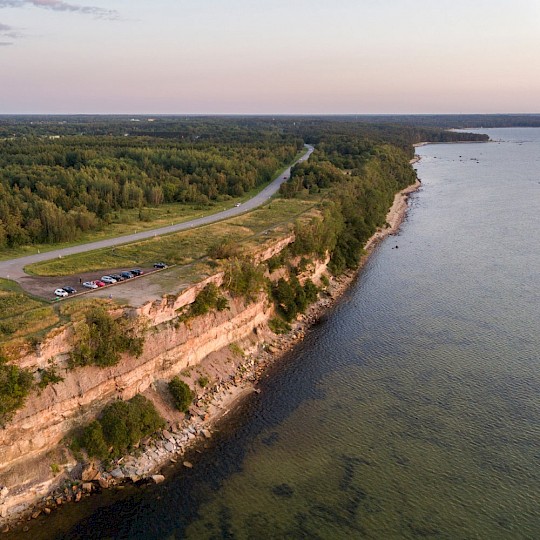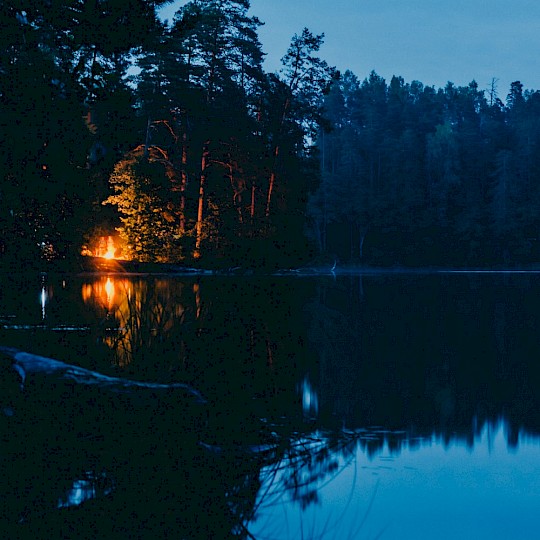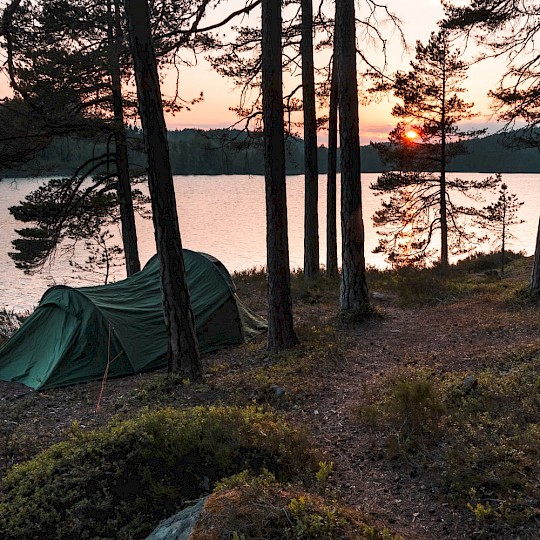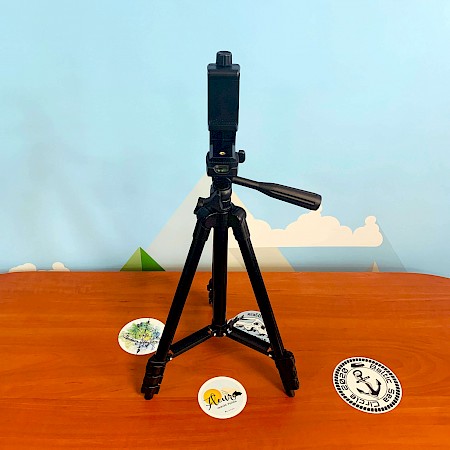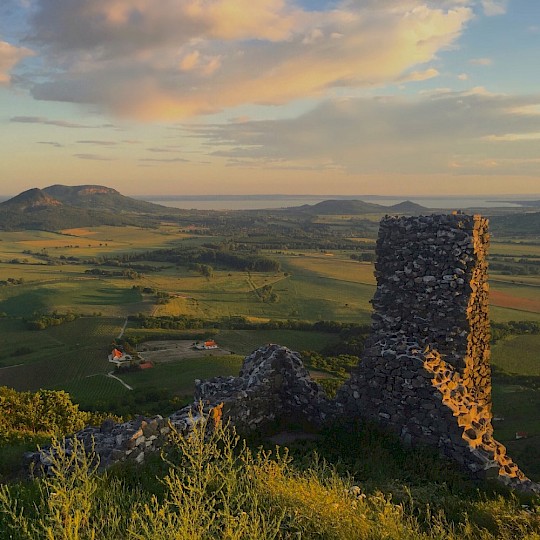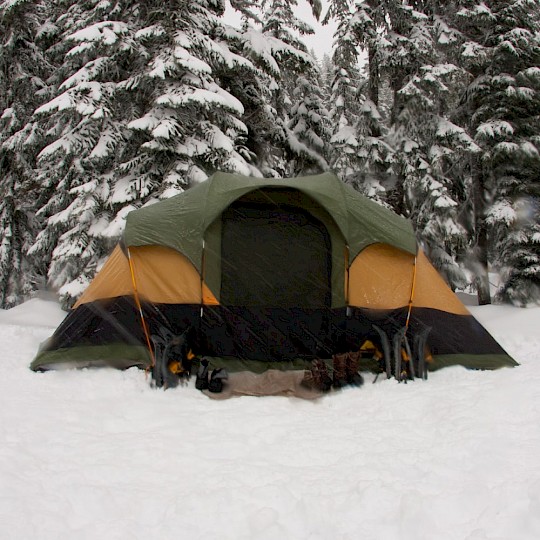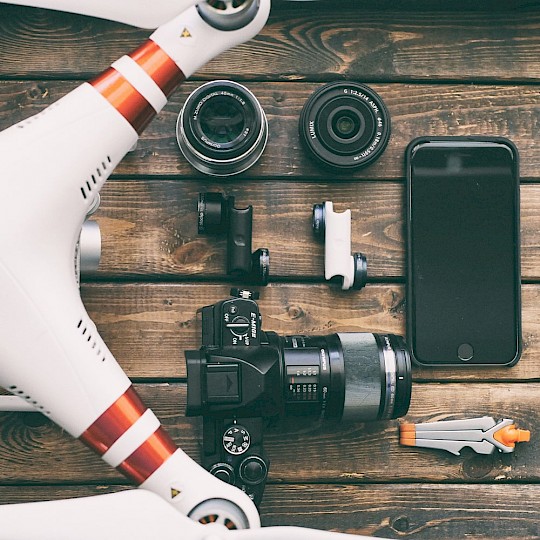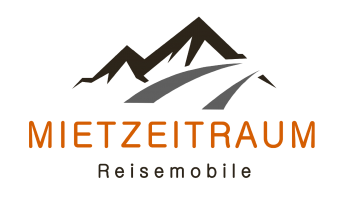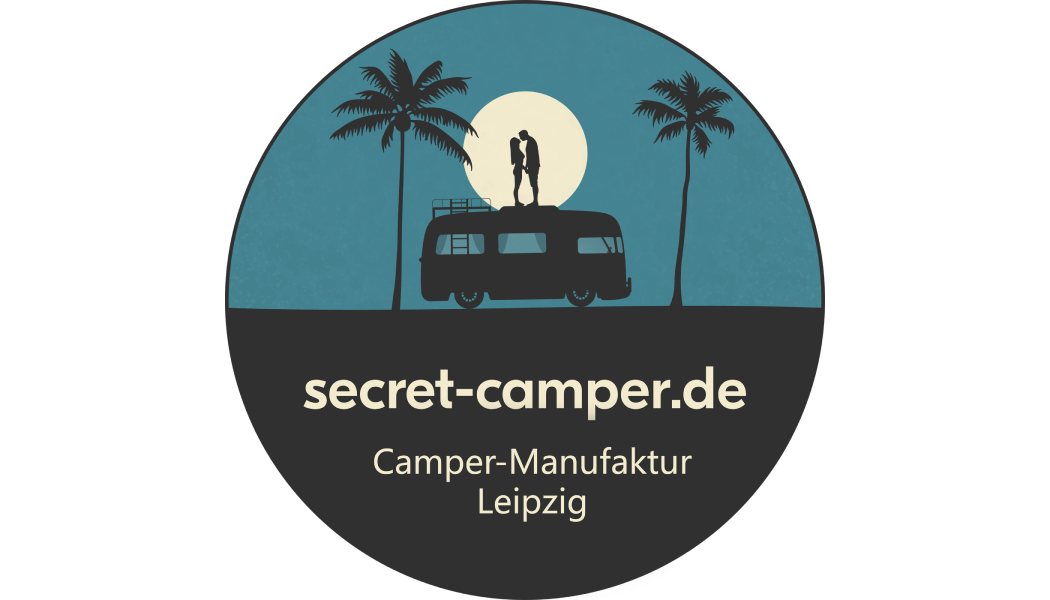Fact #1 - e-Estonia
Estonia is the first country in the world to offer online elections and votes. The country is focusing on digitalization to make administrative procedures easier for the population.
Fact #2 - Capital cities
Besides the official capital Tallinn, the country has other designated capitals: Tartu for culture, Türi for spring, Pärnu for summer, Jõgeva for winter, and Kuressaare as the capital of weddings.
Fact #3 - Religion
The majority of Estonians are nondenominational. According to a survey conducted in 2009, only 16% of Estonians consider religion important. This makes it the most non-religious country in the world.
Fact #4 - Visibility
To prevent accidents, all persons traveling in the dark must wear reflectors, whether on a bicycle or foot. If you do not wear a reflector you can be fined up to 400 €.
Fact #5 - Kiiking
Kiiking is an Estonian sport and means to seesaw. Of course, it is not a normal swing, but a 360 degree swing with different heights.
Fact #6 - Woman carrying
Estonians are among the most successful women carriers in the world. In the period from 1998 to 2008, they became world champions eleven times in a row. In the meantime, even a carrying technique is named after them, the "Estonian Carry."
Fact #7 - Public transport
Public transport in Tallinn is completely free. However, this only applies to the inhabitants of Tallinn, all other passengers have to buy normal tickets.
Fact #8 - Tree of the year 2015
In 2015, an Estonian oak was chosen as the tree of the year. What made it special? It stands in the middle of a football field and is listed as the 12th player of the home team.
Fact #9 - Animals
In Estonia, you can see a variety of birds, as well as more dangerous animals. In the forests, there are wild lynx, wolves, and brown bears. So be careful when you camp in the forest.
Fact #10 - Crater
Considering the land area of Estonia, it has the highest number of meteorite craters in the world. The most famous crater field in Estonia is the crater field of Kaali. In the past, it was used as a sacrificial site.




